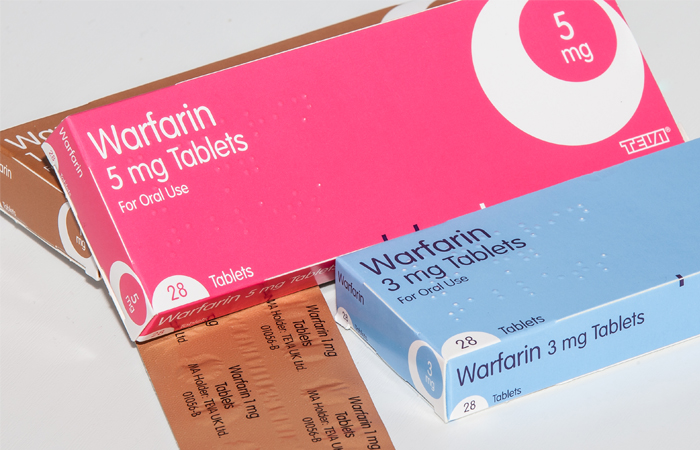Sickle cell disease
Some people have red blood cells (RBCs) that don’t have the usual form: the haemoglobin inside them clumps together making the cells rigid and crescent-shaped, and meaning that they break down quicker than normal RBCs. This is sickle cell disease, a genetic condition that can cause a wide range of symptoms, including painful blockages of the blood vessels, anaemia and increased susceptibility to infections.
Blood clotting
The International Normalised Ratio (INR) is a measurement of how long it takes blood to clot – a patient on an anticoagulant typically has an INR of 2-3, which means their blood takes two to three times longer to clot than normal. While it is important that the individual takes their medication in order to thin the blood so it flows as necessary, it is also important that the INR doesn’t become too high: people on anticoagulants must have regular blood tests to check the balance is right.

Practice points
Common questions patients may have about their anticoagulation medication include:
- Why does my blood need thinning if the problem is that my heartbeat is irregular?
- Does it matter if I sometimes forget to take my anticoagulant – should I take double the amount the next day?
- What are the side effects?
Are you confident in answering these questions?
